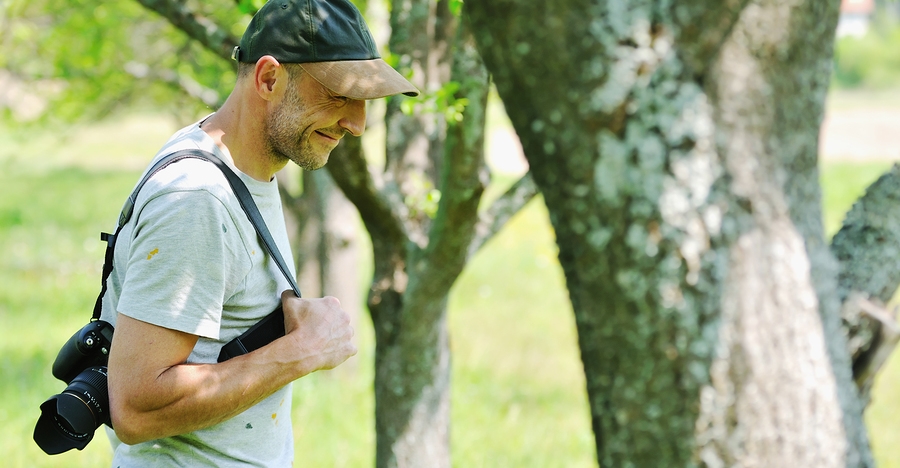Creating your own unique style is not something you can do overnight.
And yes, if you are a beginner in photography the best way to learn really is to try and replicate something someone has done before. But after you have learned how to use your camera, how to apply different techniques and how to use composition to attract people to your images, it’s time to start thinking about your art on a deeper level. Photographer Jason D. Little is sharing his thoughts on the subject over at Light Stalking.
Self-analyze. This may seem obvious or overly simplistic, but I fear that a significant number of photographers might not spend enough time in introspection. You have to know what you like and even what you don’t like. What motivates and moves you? What are you inspired by? Why do you do photography in the first place? These are questions that may not have easy answers, but they are questions from which you can extract invaluable insights if you spend some time contemplating them.
Experiment. Great achievements quite often come at the end of a long, arduous, often discouraging sequence of trial and error. But the only way you are going to be able to even begin refining your style is by trying new things and deciding what works for you and what doesn’t. Whether it pertains to composition or lighting or post processing techniques, dare to experiment. Once you’ve arrived at something you think you may like, mull it over for a day or two; revisit what you have created, look at it and think about it critically. Ask yourself if what you have before you represents you. Don’t lock yourself into anything yet.
Synthesize. Your style is your unique way of seeing things. This involves more than simply choosing a subject, more than just declaring your personal preferences, more than devising a cool post processing recipe. Your personal style as a photographer is not established as a function of a singularity, but is the culmination of many deliberate choices. Equipment, subject, composition; whether you shoot handheld or use a tripod, whether you shoot spontaneously or plan in advance. Even factors that you don’t have much control over, such as your background and life experiences, may play a part in determining your personal style. Your aim is to cobble these things together in a synergistic way and fine tune them to perfection. Whatever your version of perfection is.
Read the full article over at Light Stalking
Source: Light Stalking

